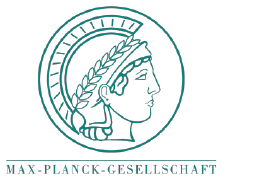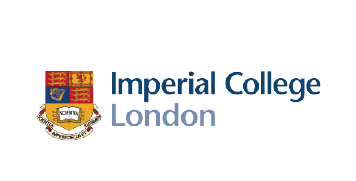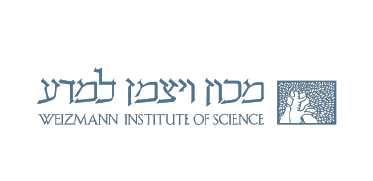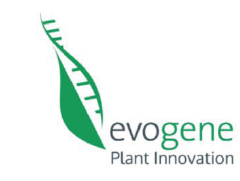
FutureAgriculture uses cyanobacteria to evaluate the in vivo behaviour of the synthetic photorespiration pathways. Their quick life-cycle and simpler compartmentalisation make cyanobacteria an ideal model organism to work with before moving into plants.
At the laboratory of Patrik Jones at the Imperial College London, scientists evaluate the pathways in a very comprehensive way, addressing their impact on carbon fluxes, metabolism and cell growth: “We study the carbon flux by following the journey inside the cell of carbon atoms taken up during photosynthesis. The CO2 absorbed by the cell contains the carbon isotope 13C, distinguishable in our analytical machines over time. After only 20 seconds we are ready to follow the isotope through its metabolic steps in the natural and synthetic pathway.”
The technique is not trivial as the resulting data need an elaborate computational analysis to be interpreted correctly. But it helps to assess if and how the synthetic pathways are replacing the natural photorespiration pathways, and it might even provide some answers on the role of natural photorespiration.






